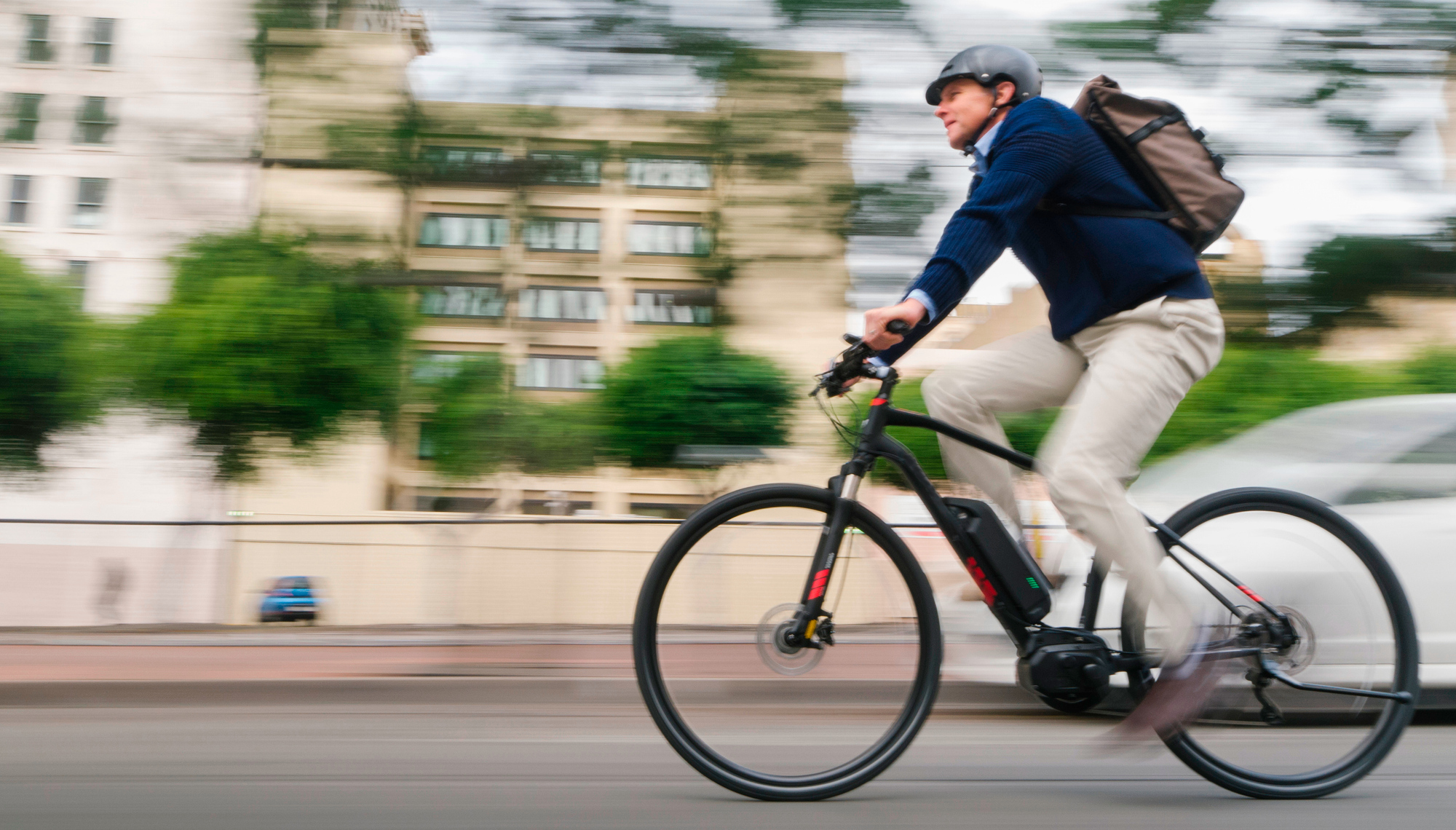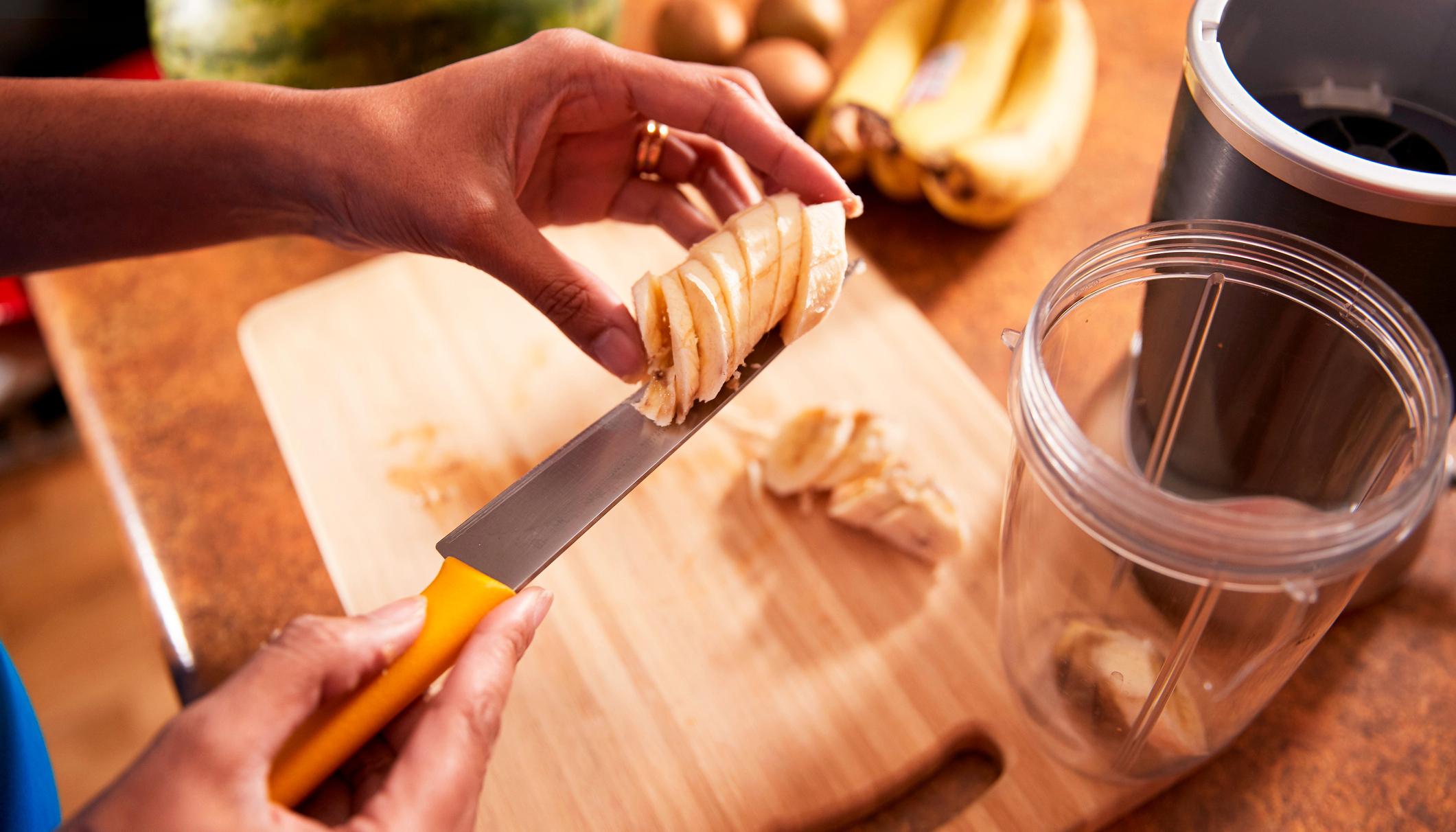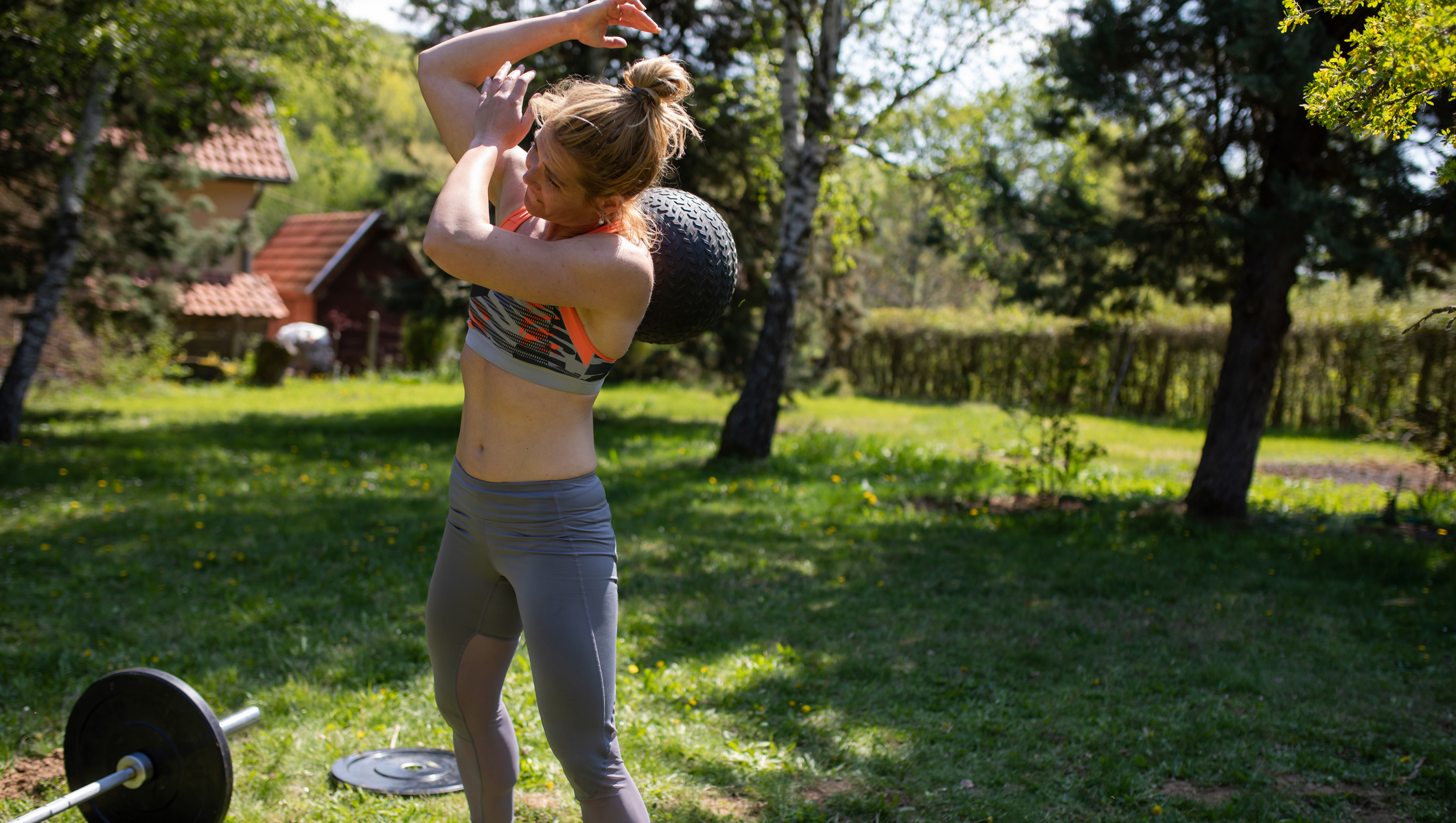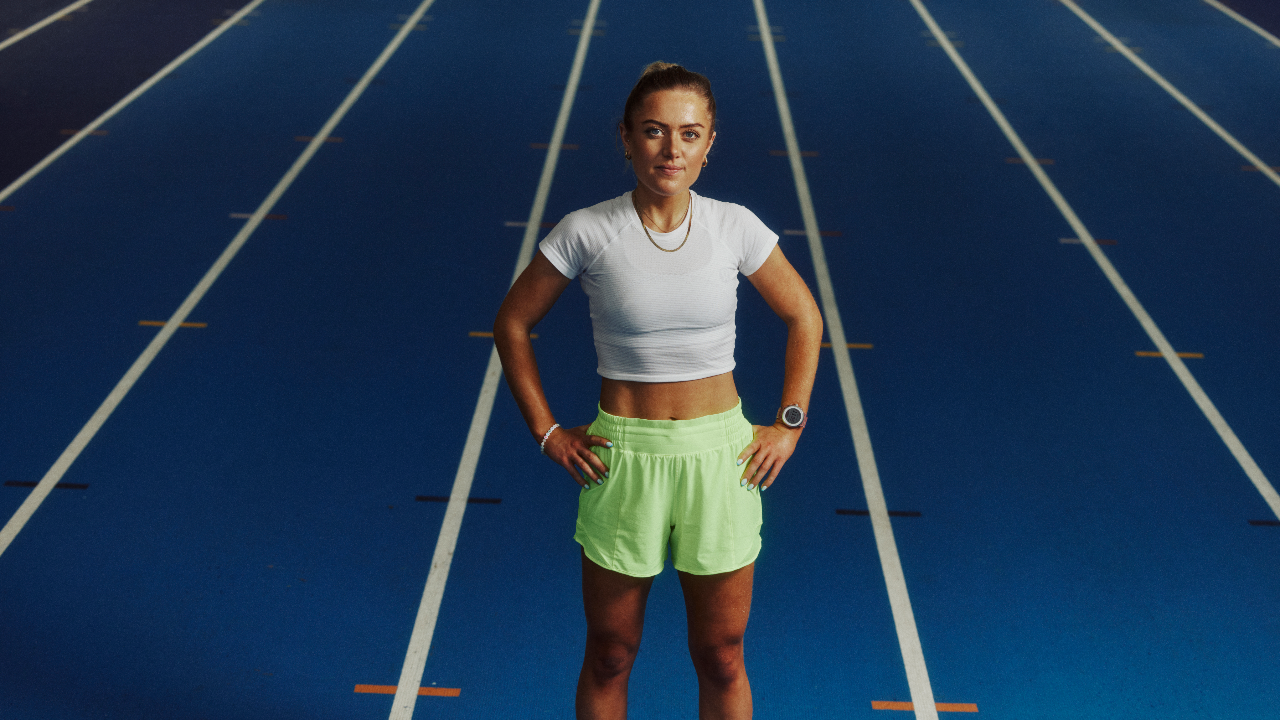The Best Exercises For Weight Loss
How to get fit and lose weight if you’ve been inactive for some time

If you’re starting the first fitness kick of your life, or coming back to regular exercise after an extended break, pretty much the worst thing you can do is throw yourself in at the deep end with a series of intense HIIT workouts. While interval training can work wonders for those who want to burn loads of calories in a short space of time, it’s hard on the body and if you’re not used to it, it’s likely to leave you paralysed by delayed onset muscle soreness (DOMS) the next day or, even worse, result in injury.
Losing weight or even just getting a little fitter requires a sustainable routine, and putting your body through the wringer in the first few days is more likely to kill your motivation than anything else.
As Marvin Burton, head of fitness at Anytime Fitness UK, explains, you have to take into account what your body is and isn’t used to.
“Any workout and training plan should be relative to your current level of ability,” says Burton. “If you haven’t exercised for a prolonged period, you should consider the changes that have occurred internally.
“Your muscles haven’t been used to dealing with high amounts of force. Therefore, your strength and endurance levels will naturally be lower. If you try to exercise with intensity the larger muscles may not be able to react and provide stability. Weaker muscles work harder and become overstrained, and your risk of injury is elevated.”
It’s vital to start slow and steady and build up the intensity of your exercise gradually, and you also have to consider your mobility and agility when selecting a workout.
“You’ll also have a lack of joint mobility,” says Burton. “When a joint feels movement it operates in collaboration with nerves, muscles and surrounding body tissue. If you are forced into new movements with impact and high speed, again, your injury risk elevates.
Get the Coach Newsletter
Sign up for workout ideas, training advice, reviews of the latest gear and more.
“Your ligaments and tendons also may not be able to deal with turning and agility-based movements. They will become strained and tears can start to appear. They will be weaker and more vulnerable when asked to be strong and supportive.”
To avoid flaming out after just a couple of over-intense workouts, we recommend you check out the exercises Burton recommends below. Before you get to that, here are Burton’s general dos and don’ts when starting to exercise after a long spell of inactivity.
Do
- Start off at a lower intensity
- Keep training sessions short to begin with
- Take lots of time to warm up and down
- Dedicate as much time to improving your nutrition as you do to your physical fitness
- Make sure you have appropriate exercise clothing
Don’t
- Copy workouts from the internet
- Try to recreate a workout you did months or years ago
- Participate in high-impact activities, like HIIT workouts or plyometric exercises which involve jumping
The Best Types Of Exercise For Weight Loss
“The key is to elevate your heart rate safely and use exercises that have low impact,” says Burton.
Walking
“This can be indoors on a treadmill or outside,” says Burton. “Try to find a route that is challenging and don’t be afraid to stop, rest, then restart – working in intervals. This would be more sensible than running because of the reduction in impact.”
Resistance Machines
“Although free-weight exercises are beneficial, a fixed-weight machine offers stability and support in a safe environment,” says Burton. “You can mix both types of exercises into your workout, but remember, you are trying to stimulate your joints, muscles and nervous system. Overloading them in the first few sessions is going to create more stress in your body than progressively overloading your system.”
If you’re happy to head to a local gym, try this simple four-move weights machine workout plan for beginners. It includes advice on how to choose the right weight for you and can be performed for as long as 12 weeks, after which most people will find the improvements to their fitness will plateau.
Larger Muscle Group Exercises
“Hit your legs, back, chest and core,” says Burton. “This will give you a starting base. Exercising the fundamental body parts and larger areas also burns more calories. Consider the types of exercises you choose too – pushing, pressing, pulling and rotational movements will improve your overall functional health.”
This simple workout plan covers the fundamental movement patterns and the only equipment it requires is a pull-up bar. And take a look at our beginner recommendations for leg exercises, back exercises, chest exercises and core exercises.
Swimming
“The ultimate low-impact exercise which gives a whole-body workout,” says Burton. “If you select your pool carefully, you may also benefit from a sauna and steam room, which is ideal for rest and recovery after a swim.”
Dancing
“If you want to exercise in a fun and enjoyable way, find a local dance workout,” says Burton. “Zumba has proven effective for millions of people! There are huge social benefits attached too. If you can’t dance and want to learn, I recommend trying a beginner’s salsa class.”
We’d recommend browsing Classfinder, a website set up by EMD UK, the national governing body for group exercise. The site did an excellent job of helping people find accessible and varied classes across the nation before lockdown, and since restrictions were imposed it’s helped those same instructors reach people online with live-streamed classes.
Yoga And Pilates
“Yoga and Pilates can have a phenomenal effect on your health and body fat levels,” says Burton. “By lowering your stress levels, this will reduce body fat. Lots of professional athletes choose this style of workout when they aren’t competing. Along with the fat loss benefits, you can also expect improvements in your strength, endurance, flexibility and posture.”
While we have plenty of great yoga apps you can try, and there are loads of beginner-friendly routines on YouTube, HelloYoga offers live one-on-one video call sessions with yoga teachers. These can give you a firm grounding in the fundamentals, allowing you to explore on-demand online classes with confidence.
Cycling
“Cycling reduces pressure on the lower body [compared with high-impact sports like running] but elevates your heart rate and requires your muscles to work intensely,” says Burton. “It’s perfect for what you want to achieve at this stage.”
There’s never been a better time to try cycling as the UK government has committed to building infrastructure to separate cyclists from other traffic. If you can cycle to work, that also means you can accommodate light exercise into your routine without eating into your leisure time. Start with our cycling to work guide for advice on safety and equipment.
More Expert Advice
- How to start exercising safely if you’re unfit or have a medical condition
- 13 expert weight-loss tips
- Lose weight with this four-week meal plan for men
- Lose weight with this four-week meal plan for women

Nick Harris-Fry is a journalist who has been covering health and fitness since 2015. Nick is an avid runner, covering 70-110km a week, which gives him ample opportunity to test a wide range of running shoes and running gear. He is also the chief tester for fitness trackers and running watches, treadmills and exercise bikes, and workout headphones.









